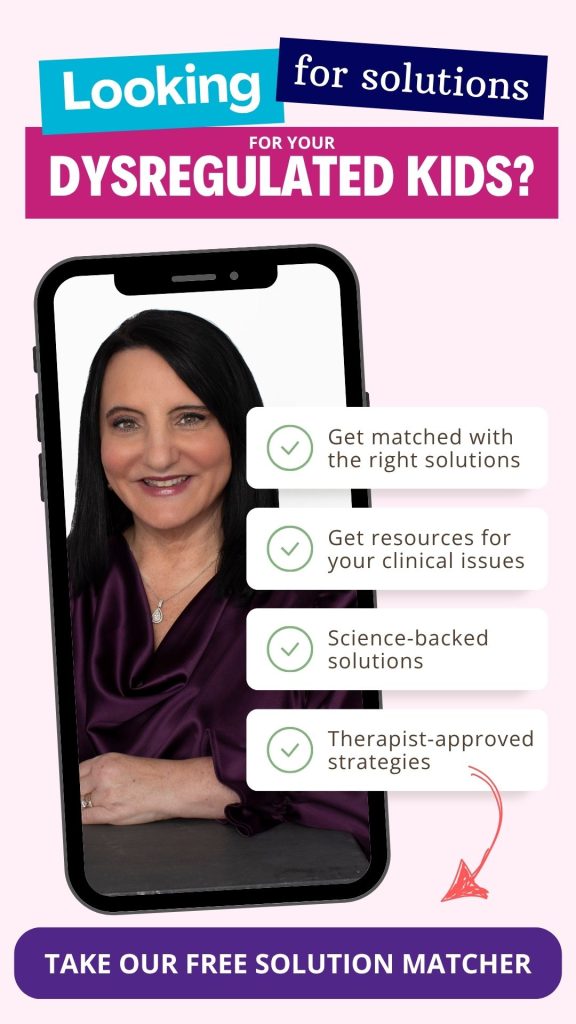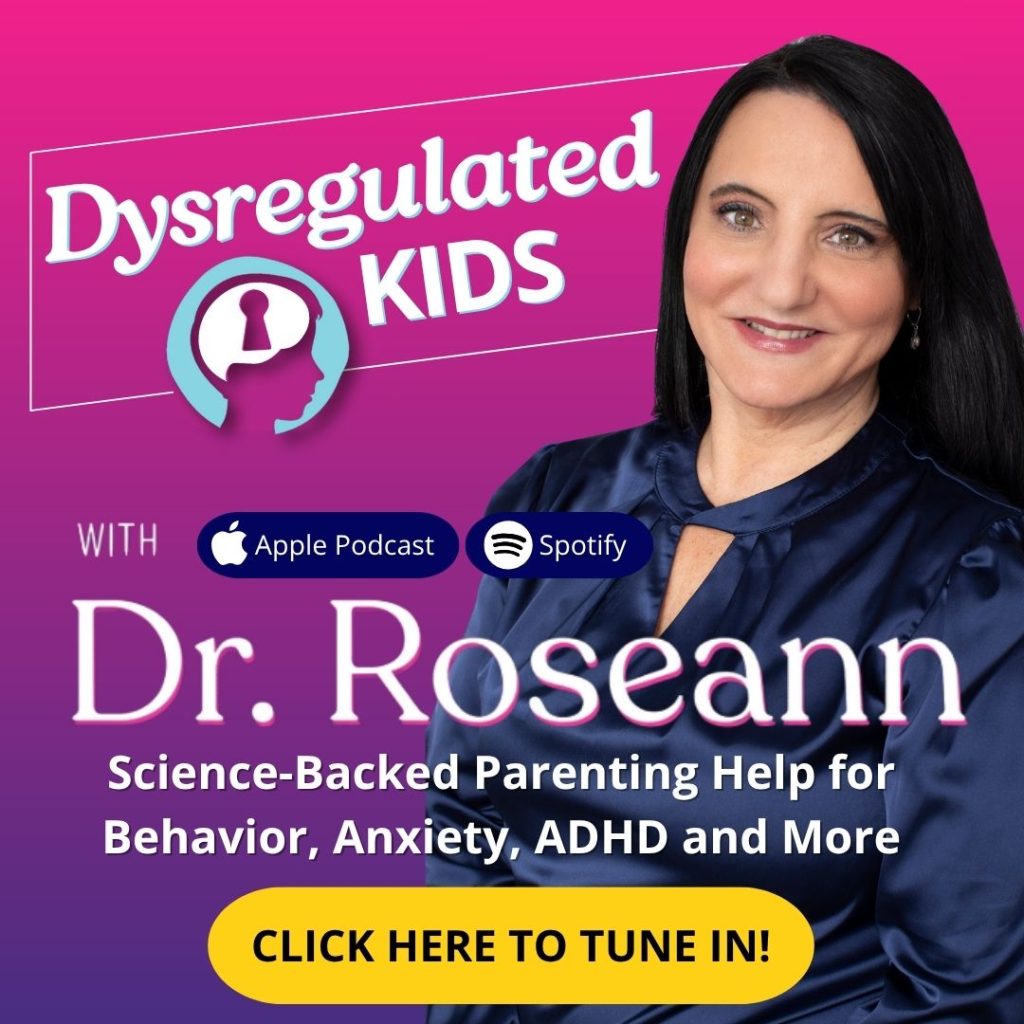Estimated reading time: 8 minutes
You know those moments when your child just can’t calm down—no matter how patient or gentle you are? That’s not a discipline problem. It’s a nervous system issue.
When their nervous system is stuck in “fight or flight,” emotions and reactions can run the show.
Luckily, your child’s brain and body come prepared with their own built-in calming system—the parasympathetic nervous system. Learning how to activate this network of nerves can help bring calm, connection, and regulation back to your family.
In this post, you’ll discover:
- Why activating the parasympathetic system matters
- What parents ask most about it
- Practical tools, examples, and visuals to help your child soothe their brain—and yours
Key Takeaways
- The parasympathetic nervous system helps calm your child after stress.
- Simple daily tools like breathing, cold exposure, and co-regulation can help activate your child’s parasympathetic nervous system.
- Supporting gut health and limiting overstimulation (like screen time) can boost regulation.
What is the Parasympathetic Nervous System and Why Does it Matter?
The parasympathetic system is your child’s internal calming brake—responsible for rest, digest, and emotional repair. Without it, their body stays in stress mode.
Key points:
- It counteracts the “gas pedal” fight-or-flight system
- The vagus nerve is central—it slows heart rate, aids digestion, and helps the brain feel safe
MEET ESTHER:
Esther is a mom of 10-year-old Mia, a bright and creative child who struggles with anxiety and constant sensory overwhelm. Esther noticed that Mia seemed to live in a state of high alert—always fidgeting, easily startled, and having trouble settling for sleep.

Signs That Show Your Child’s Parasympathetic System Isn’t Activating
When the parasympathetic system doesn’t engage, kids might:
- Stay wired—high heart rate, fidgeting, racing thoughts
- Shut down—withdrawn, low energy, hard to engage
- Struggle with digestion or sleep
Bullets to watch:
- Difficulty calming after excitement or conflict
- Constant fight-flight states (anger, anxiety, impulsivity)
- Physical symptoms like headaches or tummy aches
IN ESTHER’S WORDS: “Mia would come home from school with a tummy ache nearly every day. We thought it was something she ate—but it turns out her nervous system just couldn’t shut off.”
Practical Techniques That Activate the Parasympathetic Nervous System
Simple tools to get the brake pedals working:
- Cold splash, ice neck wrap, or quick cold shower: Triggers vagal stimulation (Richer* et al.,* 2022)
- Humming (Trivedi et al., 2023), chanting, gargling: Engages vocal vagus nerve pathways
- Gentle rhythmic movement: Swinging, rocking, slow dance
- Co-regulation: You model calm (slow breaths, gentle voice) to help your child mirror it
NEW: Gut-Brain Tools for Regulation
- Encourage fermented foods (yogurt, kefir, kimchi)
- Offer balanced meals with fiber, protein, healthy fats
- Create calm eating rituals (dim lights, soft voices, gratitude)
TIPS:
- Use these tools during transitions or pre-meltdown
- Teach your child: “Let’s calm the brain first.”
BACK TO ESTHER:
They started playing a “hum-along” game in the car after school. It felt silly—but within a week, Mia’s afterschool headaches disappeared.
The Role of Breathing in Calming the Nervous System
Breath is the easiest, no frills way to access parasympathetic control.
- 5:5 breathing: inhale for 5 seconds, exhale for 5 seconds, then repeat 5 times
- Smell-the-cookie: imagine a cookie while inhaling; blow out a candle when exhaling
- Belly breathing: hands on belly; let it rise and fall slowly

ESTHER’S TIP:
“We do ‘cookie breath’ before bed. I let Mia pick the pretend cookie of the night—snickerdoodle is a favorite. She laughs, breathes, and falls asleep faster now.”
Everyday Routines that Support Parasympathetic Activation
Build parasympathetic support into daily life:
- Connect before you correct: greet calmly after school
- Tech-wind down: 20 mins of screen-free calm time before bed
- Gentle sensory breaks: soft music, weighted blanket, warm bath
- Connection rituals: bedtime story, gratitude moment
DAILY STRUCTURE TIP
Embed breath or humming games during transitions (e.g., before dinner).
FROM ESTHER’S ROUTINE:
She made a “cozy corner” in their living room with Mia. It’s their go-to spot for snuggling, reading, or listening to gentle music before bed. That daily rhythm became their anchor.
What You Should Do When Your Child Resists Calming
Resistance is common—it’s scary to drop into vulnerability.
Actionable Steps:
- Acknowledge fear: “I get it—breathing feels weird right now.”
- Offer choices: “Want to try humming with me or play quiet music?”
- Use mirror calm: Soften your tone, slow your movements, sit beside them.
ESTHER’S CHALLENGE:
Mia refused to do any of it at first. “That’s baby stuff,” she’d say. But when Esther just started doing it herself—with no pressure—Mia eventually crawled into her lap and hummed along.
Expert-backed Tools That Help Parents Strengthen the “Brake”
Polyvagal Theory Simplified
Polyvagal Theory, developed by Dr. Stephen Porges, explains how our nervous system responds to safety and threat. Understanding this can help you better support your child when they’re dysregulated.
The Polyvagal Theory explains three (3) states:
- Ventral vagal state is the safe and social zone. When your child is in this state, they feel connected, calm, and able to learn or play. Their body feels safe.
- Sympathetic state is the fight or flight zone. This shows up as anxiety, aggression, hyperactivity, or meltdowns. Your child’s body thinks it’s in danger—even if nothing dangerous is actually happening.
- Dorsal vagal state is the freeze or shut down zone. This is when a child feels overwhelmed or hopeless and might withdraw, go silent, or seem totally unresponsive.
Once you know what these states mean, it’s easier to respond with calm instead of confusion, and guide your child back to the safe zone where they feel they can cope.
Strategies That Work
- Safe and Sound Protocol (SSP): music therapy to strengthen vagal tone
- Humming game: Who can hum the longest? Use it before school or homework
- Ear massage: Softly rub behind ears to activate vagal nerves
What is the science behind this approach?
- The vagus nerve connects brain, lungs, heart, and gut
- Cold water exposure i.e. neck splash, cold hand dip, cold face immersion (Blanco and Tyler, 2025) stimulates parasympathetic engagement
- Gut health links to mood regulation, serotonin production
- Posture + nasal breathing in classrooms helps children stay calm and focused
MIA’S TAKEAWAY:
“Once I understood that Mia’s brain wasn’t being ‘bad,’ it changed how I showed up. Now I know: It’s not bad behavior. It’s a nervous system that needs help.”
The parasympathetic system is your child’s natural calming brake. With tools like breath, gut-nourishing foods, sensory play, cold splashes, co-regulation, and vocal stimulation, you can build real emotional flexibility in your child.
Behavior is communication. And when the nervous system feels safe, your child can blossom.
Parent Action Steps
TERMINOLOGY
- Vagus nerve: the body’s main physical ‘brake’
- Vagal tone: measurement of how well that brake works
- Co-regulation: you help your child calm by being calm first
FAQS
How do I know if my child’s nervous system is stuck in stress mode?
Look for signs like big reactions, sleep issues, or tummy aches after stress.
What’s the easiest thing I can start doing today?
Try a simple breathing or humming game during quiet times.
What if my child won’t sit still for calming activities?
Use playful movement—like swinging or walking—and join them in it.
Can this help with focus and school behavior?
Yes. A regulated nervous system supports attention and learning.
Do I need a specialist to start?
Not always. Many calming tools can be done at home. But expert support can help if needed.
Citations
Blanco, C. and Tyler, W. (2025). The vagus nerve: a cornerstone for mental health and performance optimization in recreation and elite sports. Sec. Sport Psychol. 16. https://doi.org/10.3389/fpsyg.2025.1639866
Richer, R., Zenkner, J., Kuderle, A., Rohleder, N., and Eskofier, B. (2022). Vagus activation by Cold Face Test reduces acute psychosocial stress responses. Sci. Rep. 12(1). https://doi.org/10.10138/s41598-022-23222-9.
Trivedi, H., Sharma, K., Saboo, B., Kathirvel, S., Konat, A., Zapadia, V., Prajapati, P., Benani, U., Patel, K., and Shah, S. (2023). Humming (simple bhramari pranayama) as a stress buster: a holster-based study to analyze heart rate variability (HRV) parameters during bhramari, physical activity, emotional stress, and sleep. Cureus 15(4). https://doi.org/10.7759/cureus.37527.
Dr. Roseann is a mental health expert in Self-Regulation who frequently is in the media:
- Healthline Understanding Self-Regulation Skills
- WhatToExpect.com The Different Parenting Styles
- Ladders Parents who raise highly resilient kids do these 4 things differently
Always remember… “Calm Brain, Happy Family™”
Disclaimer: This article is not intended to give health advice and it is recommended to consult with a physician before beginning any new wellness regime. *The effectiveness of diagnosis and treatment vary by patient and condition. Dr. Roseann Capanna-Hodge, LLC does not guarantee certain results.
Are you looking for SOLUTIONS for your struggling child or teen?
Dr. Roseann and her team are all about science-backed solutions, so you are in the right place!










